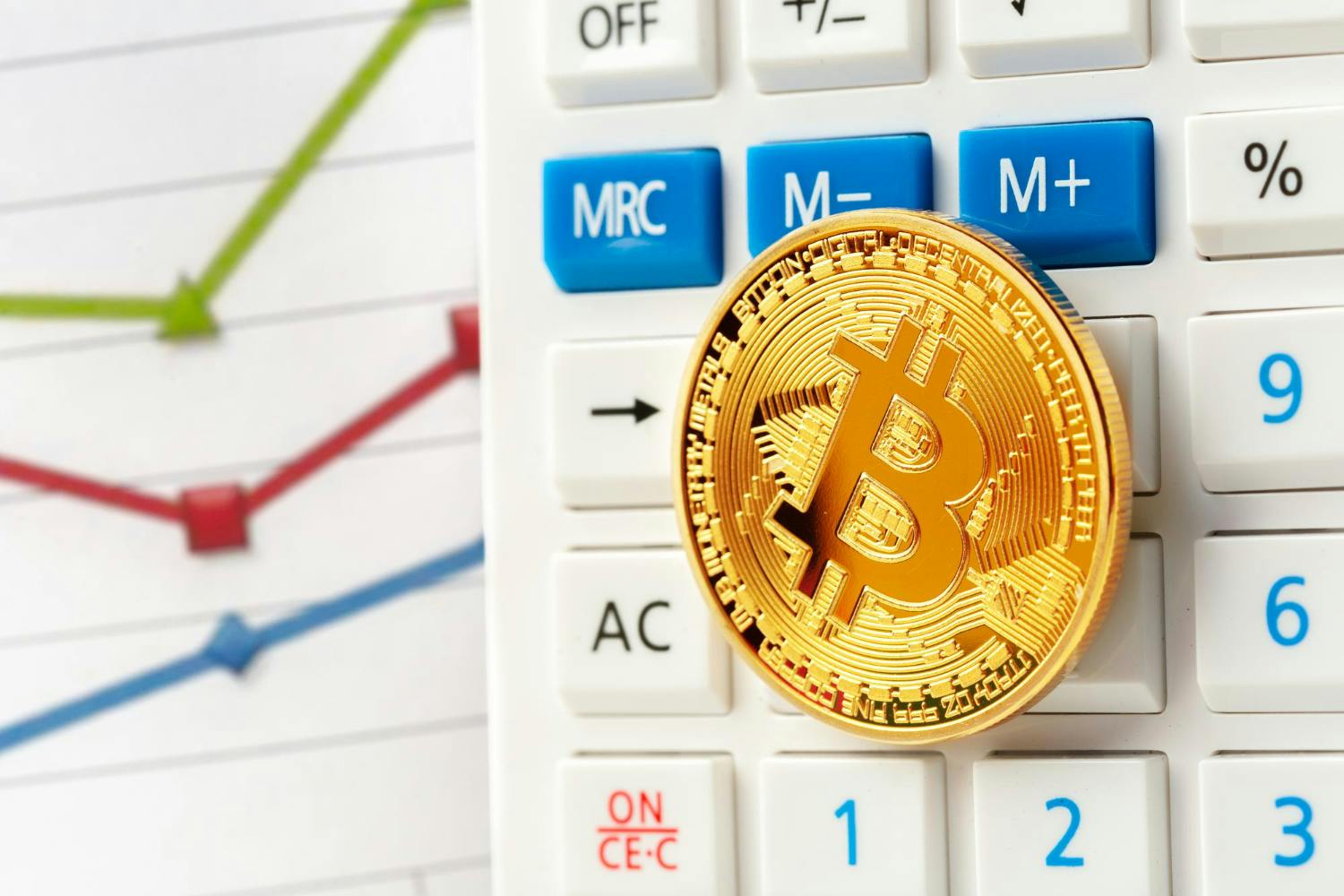On-chain vs. Off-Chain Transactions: What’s the difference 2023?
20th Oct 2023

Table of Contents
On-chain vs. Off-chain Transactions: What’s the difference?
On-Chain Transactions
Off-Chain Transactions
1. On-chain vs. Off-chain Transactions: What’s the difference?
In the world of cryptocurrencies and blockchains, there are two main types of transactions that take place – on-chain transactions and off-chain transactions. Both serve important purposes in the overall ecosystem. But what exactly is the difference between on-chain and off-chain transactions?
2. On-Chain Transactions
On-chain transactions refer to transactions that occur directly on the blockchain network. For example, if you send Bitcoin directly to someone else, that is an on-chain transaction.
Some key things to know about on-chain transactions:
They Are Recorded on the Blockchain
On-chain transactions are directly written to the public ledger that underlies cryptocurrency networks. This means there is a permanent, transparent record of the transaction for all to see On-chain vs. Off-Chain.
They Require Mining Fees
Because on-chain transactions are processed and validated by miners, you need to pay a small mining fee to incentivize miners to process your transaction. These fees vary based on network congestion.
They Have Slower Settlement Times On-chain vs. Off-Chain
Since on-chain transactions must go through the consensus process to be validated and added to a block, there is not immediate settlement finality. It often takes 10+ minutes for a transaction to On-chain vs. Off-Chain process on blockchains like Bitcoin and Ethereum.
3. Off-Chain Transactions
Off-chain transactions, on the other hand, happen outside the blockchain network. They allow for faster and cheaper transactions.
Some defining features of off-chain transactions On-chain vs. Off-Chain:
No Direct Interaction with the Blockchain
Unlike on-chain transactions, off-chain transactions do not directly interact with the underlying blockchain. Changes are not written to the chain.
Lower Fees and Faster Settlements
By avoiding the blockchain consensus process, off-chain transactions have much quicker settlement times and dramatically lower fees.
Less Decentralization and Transparency
The downside is that off-chain transactions sacrifice a bit of decentralization and transparency for their speed and cost benefits. There is no public record On-chain vs. Off-Chain.
- “On-chain transactions refer to transactions that are recorded and verified on the blockchain.”
- “Off-chain transactions don’t occur on the blockchain network, but instead, are transacted on another electronic system such as PayPal.”
Source: https://www.investopedia.com/terms/c/chain-transactions-cryptocurrency.asp

CoinDesk’s definition
- “On-chain transactions refer to a transaction that is carried out on a blockchain network from start to finish. Once verified, the transaction is recorded on a blockchain network’s public ledger.”
- “Off-chain transactions transfer some of the work from a blockchain ecosystem, which can later be integrated back into a blockchain. On an off-chain network, the users agree that a third party will handle validating and authenticating transactions.”
Source: https://www.coindesk.com/learn/on-chain-vs-off-chain-transactions-whats-the-difference/
CoinMarketCap’s definition
- “On-chain transactions are transactions that occur on a blockchain, which are reflected on the distribution as well as the public ledger. The on-chain transactions are those that have already been validated as well as authenticated by the miners or authenticators.”
- “Off-chain transaction agreements happen actually outside of the blockchain, and this protocol employed with off-chain transactions is similar to that which is used on payment platforms, one of the most popular ones being PayPal.”
Source: https://coinmarketcap.com/alexandria/glossary/on-chain

CoinBase’s definition
- “An on-chain cryptocurrency transaction On-chain vs. Off-Chain is completed by transmitting it over a blockchain to process, validate, memorialize, and store it. For example: Sending cryptocurrency from a Coinbase Vault wallet. This is a publicly available transaction.”
- “An off-chain cryptocurrency transaction is completed using a system other than a blockchain. For example: Using a third-party guarantor to oversee a transaction and ensure that it’s completed successfully.”
ByBit’s definition
- “Bitcoin on-chain transactions are validated by miners and recorded on the blockchain. Once the transactions are added to the ledger, the blockchain network is updated and distributed.”
- “Off-chain transactions are any transactions processed outside the blockchain. These second-layer protocols aim to circumvent the on-chain’s flaws by enabling a cheaper and faster transaction.”
Source: https://learn.bybit.com/blockchain/off-chain-vs-on-chain-transactions/
My definition
- On-chain transactions are payments or monies being sent on a blockchain, which are verified and recorded on that chain.
- Off-chain transactions are payments or monies being sent through traditional means, such as a wire, ACH, Venmo, PayPal, etc. that don’t require the need of a blockchain.On-chain vs. Off-Chain
Source: OnChainAccounting.com
If you enjoy my content, please give me a follow on Medium or checkout my below profiles!



